Description
This research examines the IOT analytic lifecycle and procedures. A sustainable economy must include all of the methodology, programmes, and activities that fall under the umbrella of life cycle thinking. These have been created to support decision-making at all levels regarding the development, production, acquisition, and final disposal of products. Because of this, the integration of Internet of Things, cloud computing, and big data infrastructures and technologies is the main topic of debate. They are meant to be used in combination with other decision-making tools. To yet, however, the proposed solutions are mostly based on deterministic models, which in most cases are unable to take into account real-time data and provide relatively few accurate projections. In actuality, they fall far short of authentically representing reality. In this chapter, we suggest a cutting-edge context and location-aware system that is driven by Internet of Things capabilities and includes a building energy management system. Data gathering, intelligent energy-saving processing based on user comfort preferences, and features that alter the functioning of pertinent indoor devices are all addressed by this system. In order to provide improved services and applications for the Internet of Things, computing paradigms are widely adopted.
Computers have become an integral part of our daily life in recent times. They have enormously impacted our personal, professional, as well as social lives. Considering the increasing demand of computers in society, schools, colleges, and universities have included computer education in their curriculum, to help students become skilled in programming and developing applications which can be used to solve various business, scientific, and social problems.
At par with that in the decade, the field of Internet of Things has become one of the pillars of information technology. Internet of Things is an integral part of many commercial applications and research projects today, in areas ranging from medical diagnosis and treatment to finding your friends on social networks. Many successful machine learning applications have been developed, such as: machine vision in the manufacturing industry for automation in assembly line, biometric recognition, handwriting recognition, medical diagnosis, speech recognition, text retrieval, natural language processing, and so on.
There have been important advances in the theory and algorithms that form the foundations of Internet of Things field. The goal of this text book is to present basic concepts of the theory, and a wide range of techniques that can be applied to a variety of problems. There are many machine learning algorithms not included in this book, that can be quite effective in specific situations. Self-learning will easily help to acquire the required knowledge. This book does not promote any specific software. It has included a large number of examples, but I use illustrative datasets that are small enough to allow the reader to follow what is going on without the help of software. This explains why a heavy focus on project work is a necessity. Each project must handle a large-scale practical problem. Use of domain knowledge to formulate the problem in machine learning setting, and interpretation of the results given by Internet of Things are important ingredients of training the students, in addition to the training.
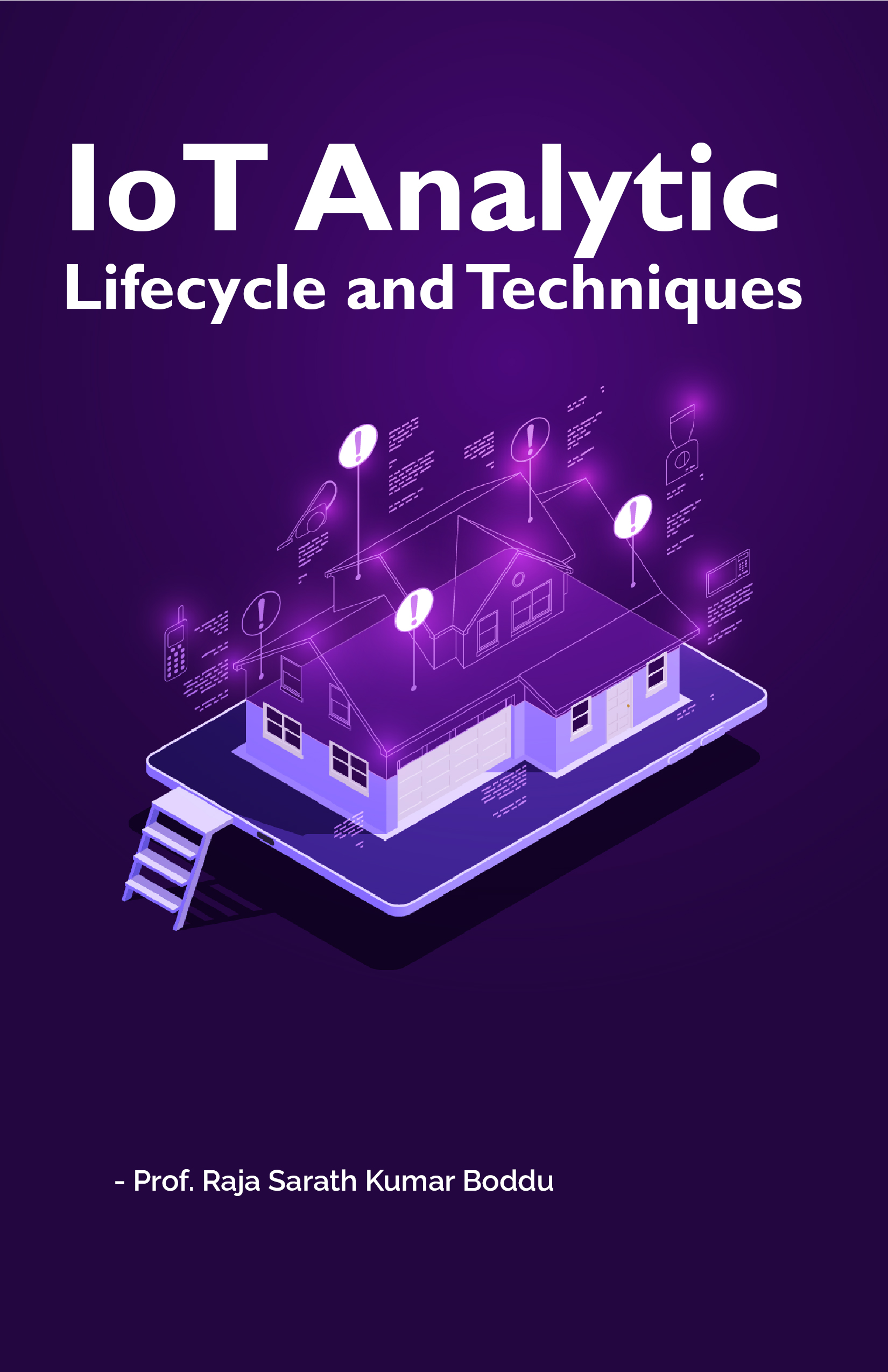

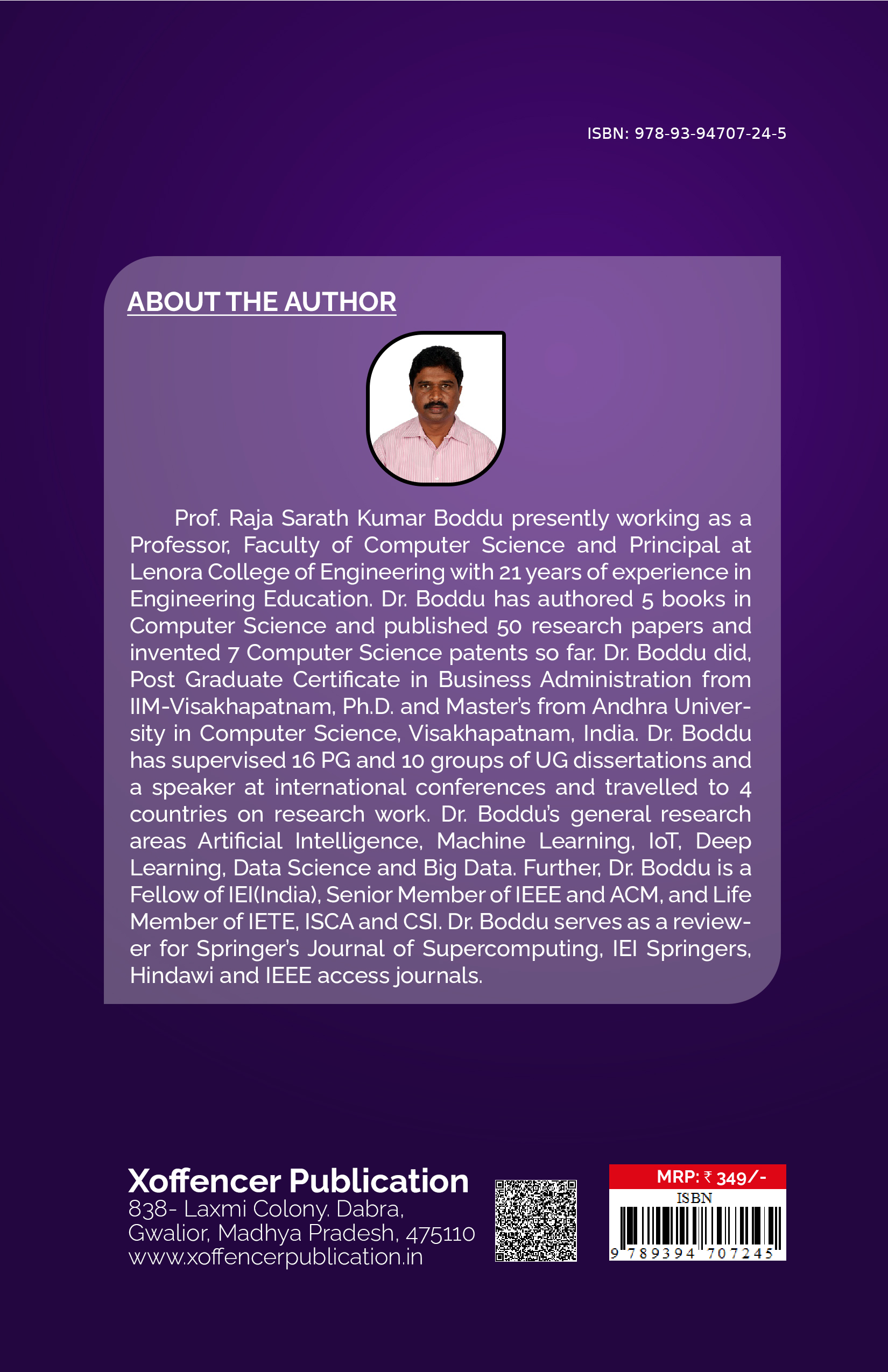
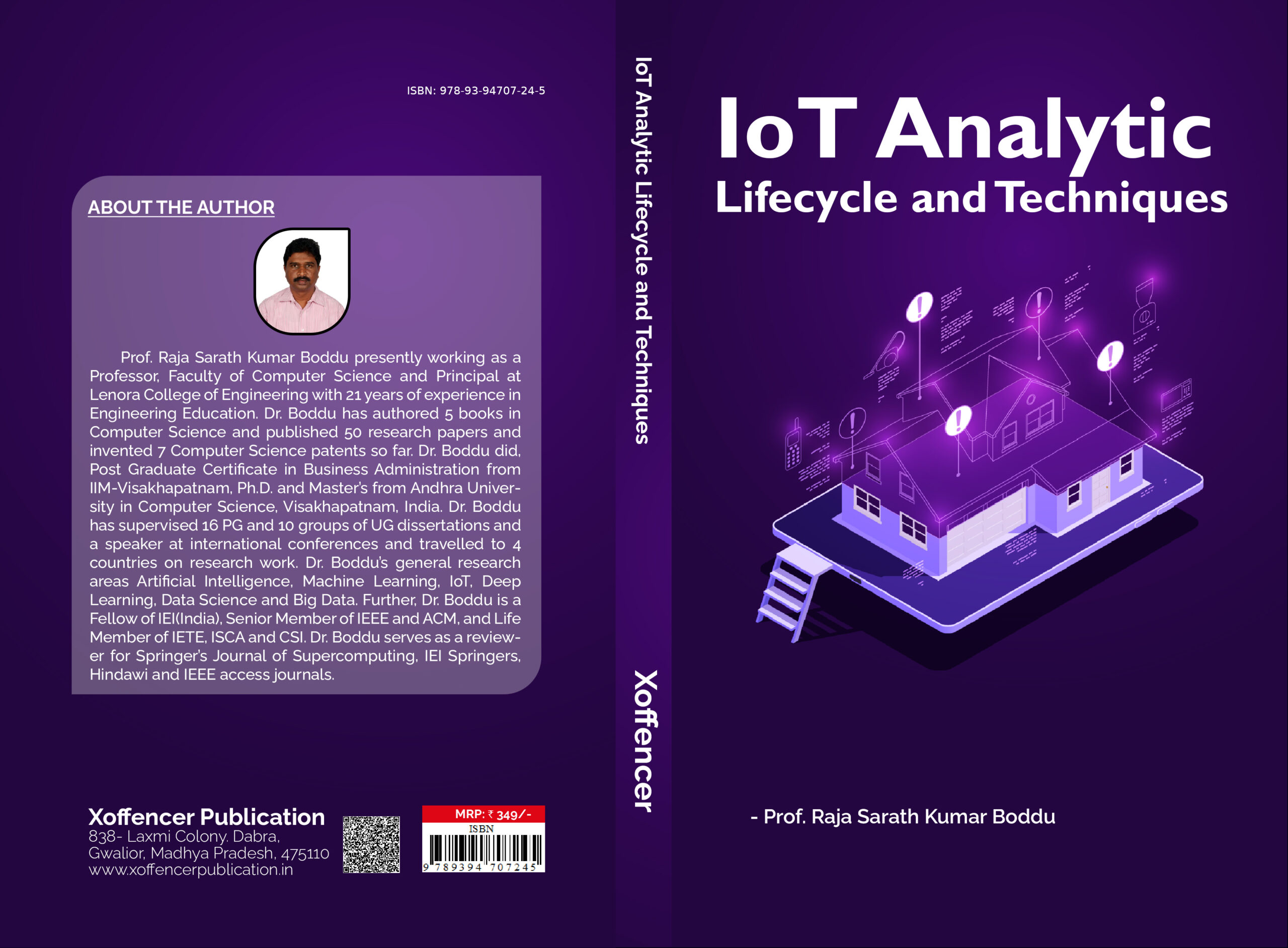


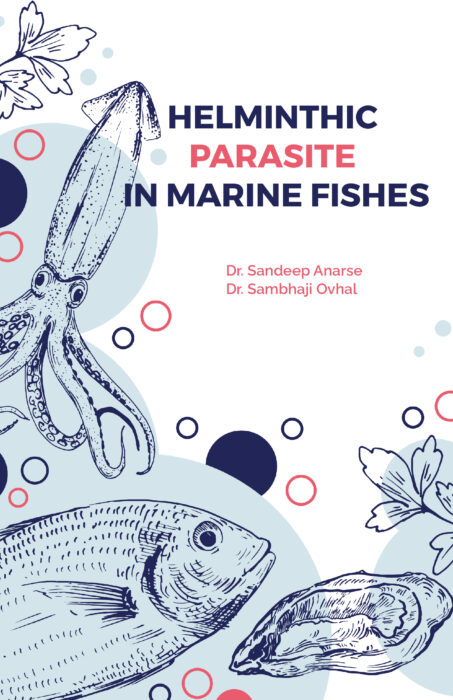
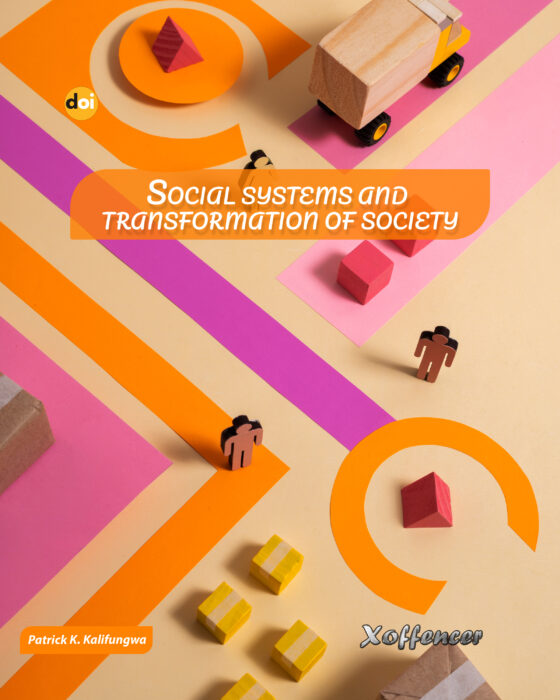
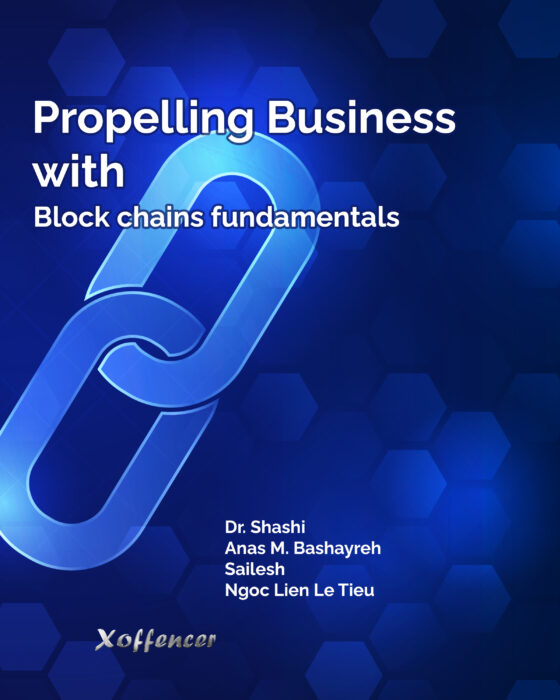
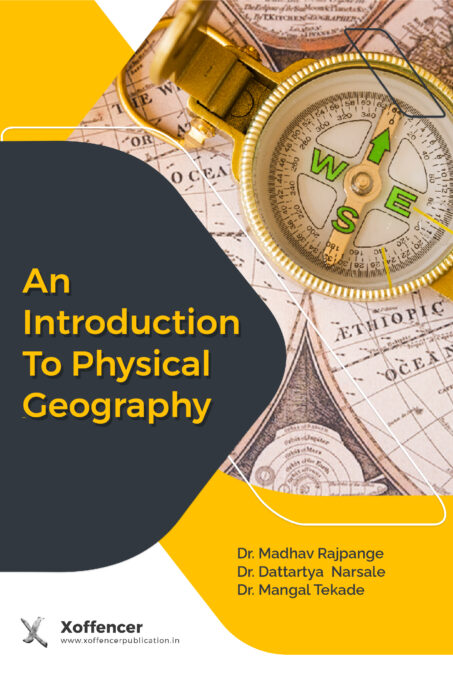
Reviews
There are no reviews yet.